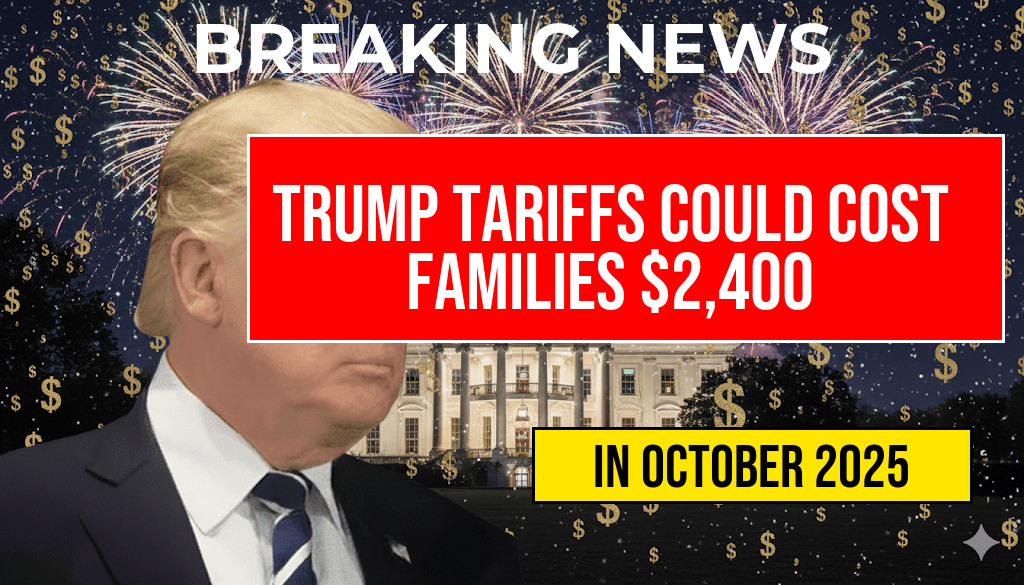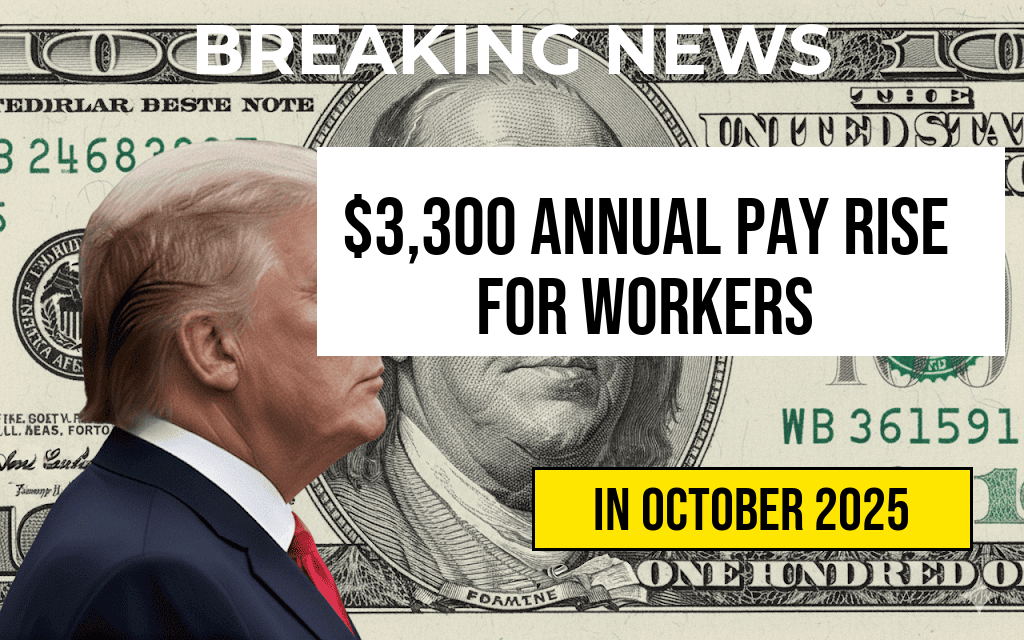The latest tax reforms are poised to provide a significant financial boost to the wealthiest Americans, with estimates suggesting an increase of approximately $5,000 in net income for high-earning individuals. These reforms, which primarily focus on adjustments to tax rates and deductions for the upper-income brackets, have sparked both optimism and criticism across various sectors. Proponents argue that the changes will stimulate economic growth and investment, while critics contend that they disproportionately benefit the affluent at the expense of middle and lower-income families. As the financial landscape evolves, understanding the implications of these reforms is crucial for taxpayers and policymakers alike.
Key Features of the Tax Reforms
The recent tax reforms encompass a range of adjustments designed to impact high-income earners. Here are the most notable changes:
- Reduction in Tax Rates: The new tax structure lowers the rates for the highest income brackets, allowing wealthy individuals to retain more of their earnings.
- Increased Deductions: Certain deductions have been expanded, which can further increase net income for those eligible. This includes adjustments to capital gains tax treatment and property tax deductions.
- Tax Incentives for Investments: New incentives are being introduced to encourage investments in specific sectors, potentially yielding higher returns for affluent investors.
Impact on the Wealth Gap
As the wealthiest Americans prepare to gain from these reforms, concerns about the widening wealth gap are prevalent. Critics argue that these changes could exacerbate existing inequalities by favoring the rich while neglecting broader economic needs. According to a Forbes article, the top 1% of earners already hold a significant portion of the nation’s wealth, and further tax breaks could reinforce this imbalance.
Public Reactions and Economic Outlook
The public response to the tax reforms has been mixed. Supporters of the reforms argue that by allowing wealthy individuals to keep more of their income, the economy will benefit from increased spending and investment. Critics, however, maintain that this strategy prioritizes wealth accumulation over the needs of the majority of Americans.
Economic analysts are divided on the long-term effects of these reforms. Some predict that the increased disposable income among the wealthy could lead to greater investments in businesses and job creation, potentially benefiting the economy as a whole. Others warn that without adequate support for lower-income families, the reforms could lead to a stagnation of wage growth and limited access to essential services.
Long-Term Implications for Tax Policy
The recent tax reforms also set a precedent for future policy changes. As debates continue in Congress regarding fiscal responsibility and income inequality, the direction of tax policy remains uncertain. Lawmakers are faced with the challenge of balancing the needs of various income groups while ensuring the economic stability of the nation.
As these reforms take effect, it will be essential to monitor their impact on various demographics and the overall economy. Wikipedia provides a comprehensive overview of tax reforms and their historical context, aiding in the understanding of current changes.
Conclusion: Navigating the New Tax Landscape
The potential $5,000 increase in net income for the wealthiest Americans underscores a significant shift in the nation’s tax policy. As the implications of these reforms unfold, taxpayers and policymakers alike will need to navigate the complexities of the new tax landscape. Whether this will lead to sustainable economic growth or deepen existing divides remains a pivotal question for the future.
Frequently Asked Questions
What are the new tax reforms benefiting the wealthiest Americans?
The new tax reforms include changes that allow the wealthiest Americans to reduce their taxable income significantly, leading to an estimated gain of $5,000 in net income for many high-income earners.
How will the $5,000 increase in net income impact the economy?
The anticipated $5,000 increase in net income for the wealthiest Americans could lead to increased consumer spending, which might stimulate economic growth and potentially create more jobs.
Who qualifies as one of the wealthiest Americans under the new tax reforms?
Individuals or households that fall within the top income brackets, typically earning over $200,000 annually, are considered among the wealthiest Americans and will benefit from the new reforms.
What criticisms have been raised regarding these tax reforms?
Critics argue that the tax reforms disproportionately favor the wealthiest Americans, potentially widening the income gap and undermining public services funded by tax revenues.
When will the new tax reforms take effect?
The new tax reforms are set to take effect in the upcoming fiscal year, allowing the wealthiest Americans to start seeing an increase in their net income soon after implementation.











